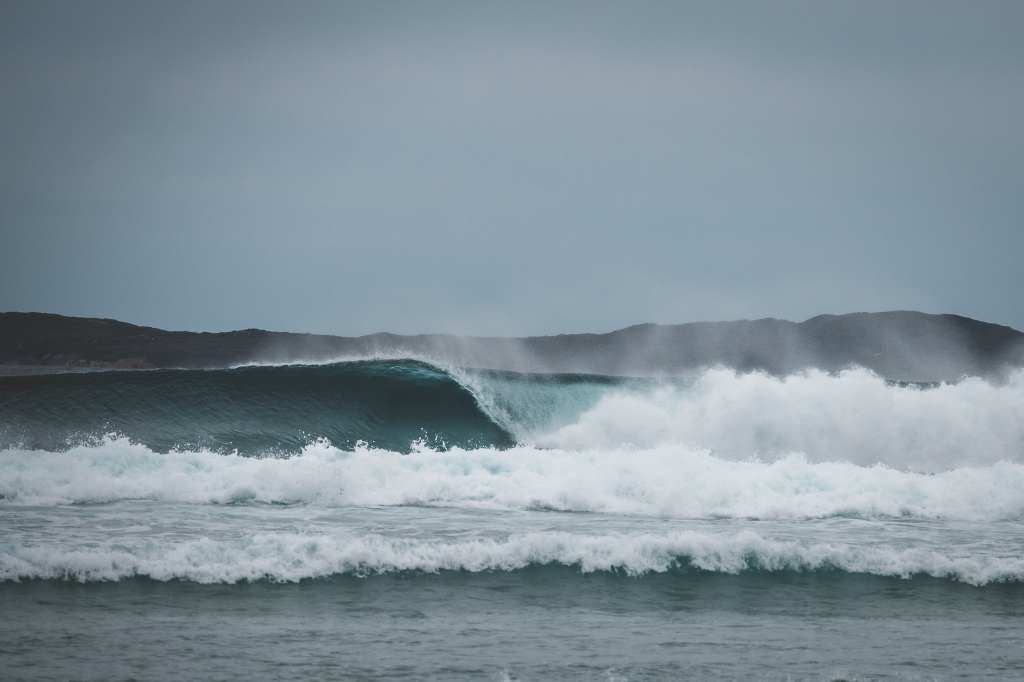On early Wednesday, Hurricane Idalia continued to gain strength as meteorologists raised their projections for the storm’s intensity upon reaching Florida’s Gulf Coast.

At 2 a.m. ET, the National Hurricane Center reported that the hurricane was positioned 100 miles southwest of Cedar Key, Florida, while it swirled over the Gulf of Mexico. Its wind speeds reached 120 mph, elevating it to a Category 3 hurricane.
The NHC indicated that Idalia is now expected to become a Category 4 hurricane by the time it hits land on Wednesday, with minimum wind speeds of 130 mph. Additionally, experts increased the potential storm surge to as high as 16 feet along the stretch from the Wakulla/Jefferson County line to Yankeetown, Florida.
Large waves continued to churn in the Gulf of Mexico, with a buoy located near the storm registering an impressive wave height of nearly 34 feet.
Since 2 a.m. ET on Tuesday, Idalia’s strength has increased by 40 mph, marking a case of “rapid intensification” according to the NHC’s criteria. This phenomenon, characterized by a rise in maximum sustained winds by at least 35 mph within a 24-hour period, used to be uncommon but is now occurring more frequently due in part to climate change.
Even with the storm progressing northward across the Gulf of Mexico, local authorities are urging residents to maintain their alertness. For instance, in Tampa, city officials are cautioning that the most severe impact of a potential 4-to-6-foot storm surge might occur on Wednesday, after the storm has already passed.
During a briefing, Florida Governor Ron DeSantis advised Floridians to brace for the impending impact of Hurricane Idalia in the Big Bend region tomorrow.
Initial predictions had indicated a storm surge of 10 to 15 feet. This figure is notably higher than last year’s forecast during Hurricane Ian, which caused significant damage to and devastated Fort Myers Beach.
The Big Bend marks the juncture of Florida’s peninsula and panhandle, forming a rustic and flat region adorned with charming, historical fishing villages and small coastal communities.
As Idalia progresses through the warm, bath-like temperatures of the Gulf of Mexico, it is already sending bands of intense rainfall along the South Florida coast. The Gulf coast is witnessing a rise in water levels in various areas. The warmth of the water is contributing to the anticipated rapid intensification of the storm.
